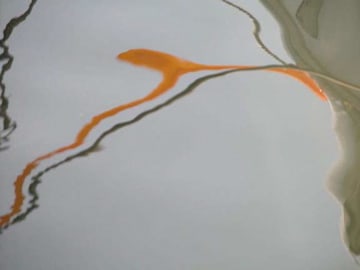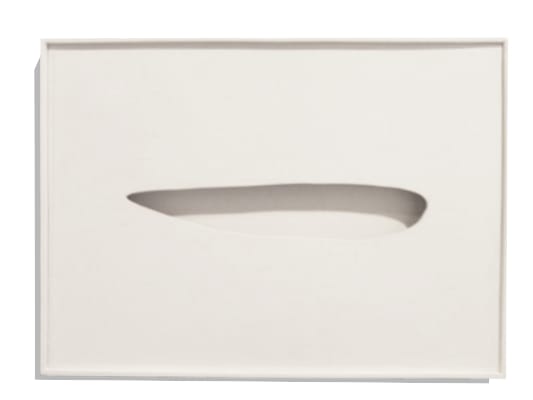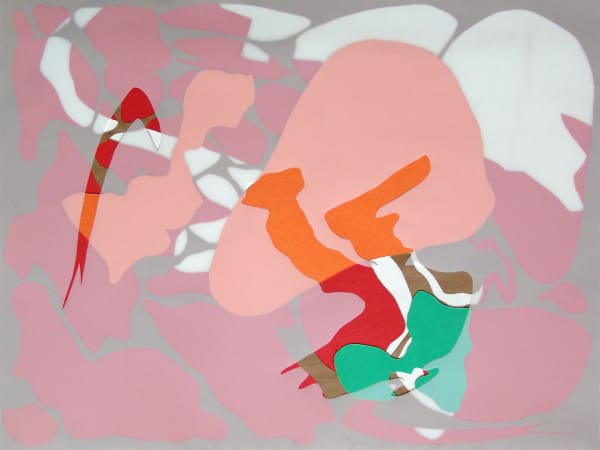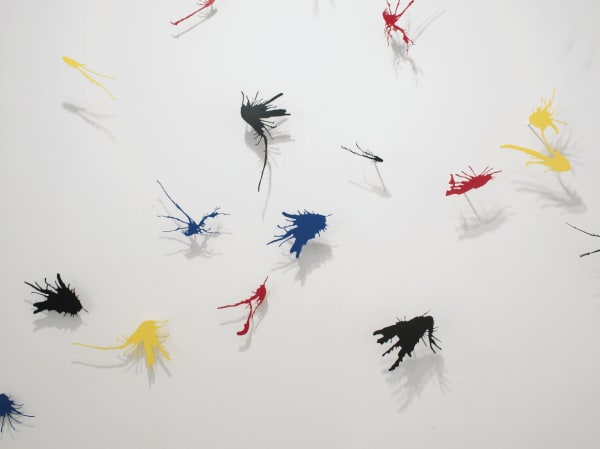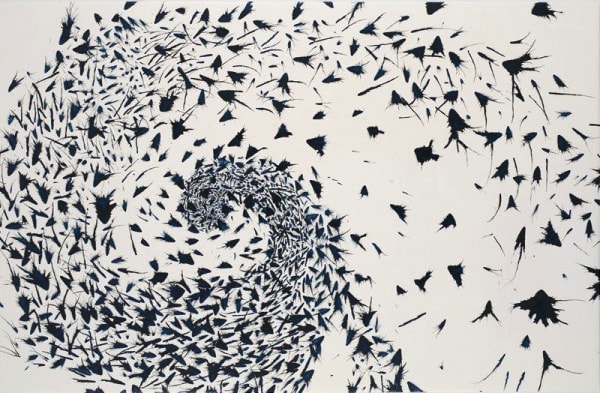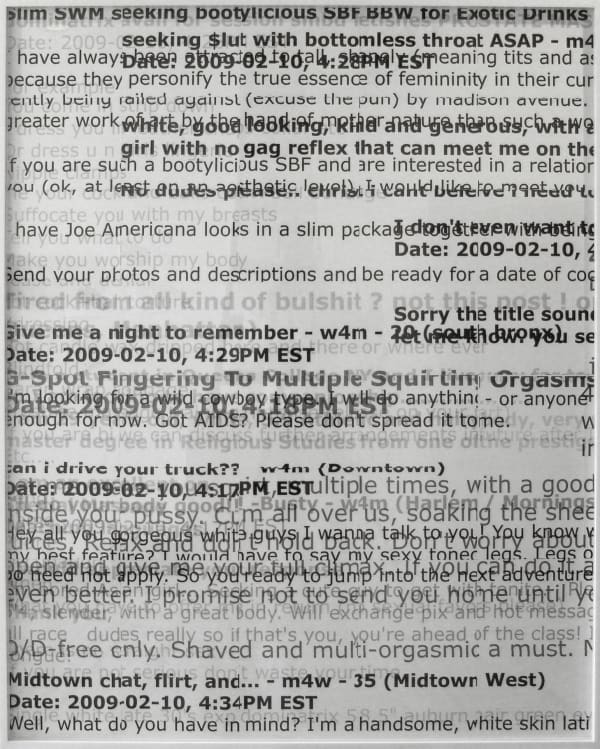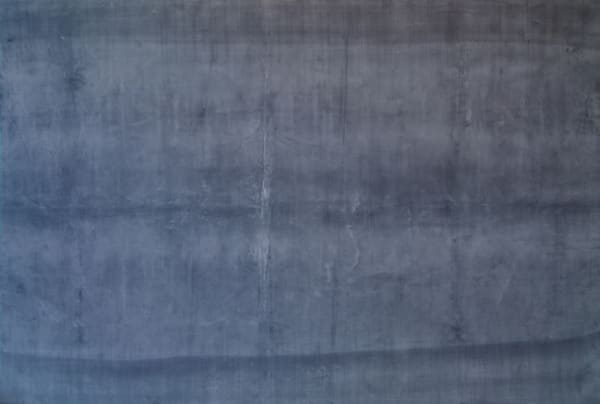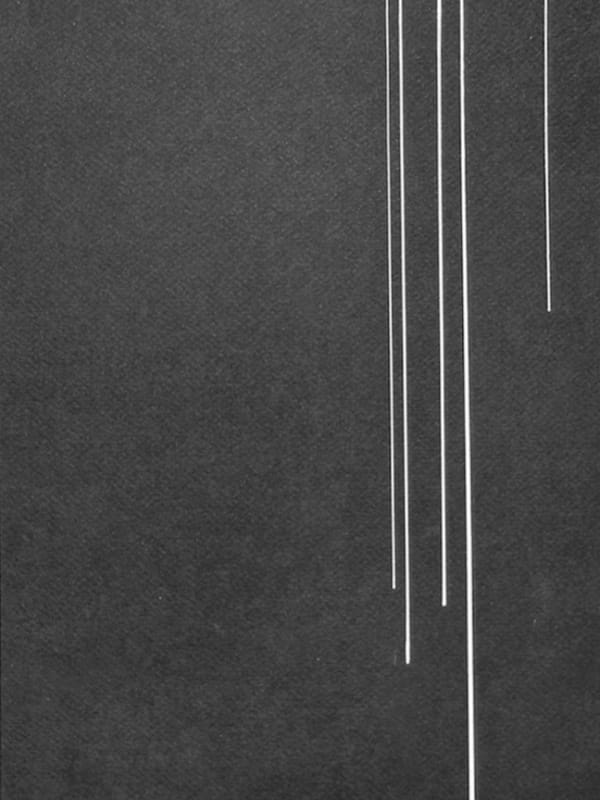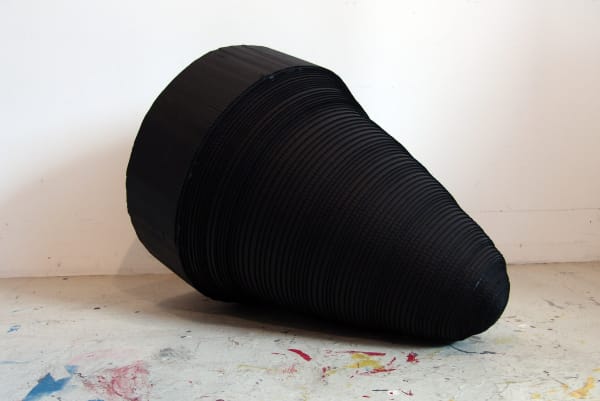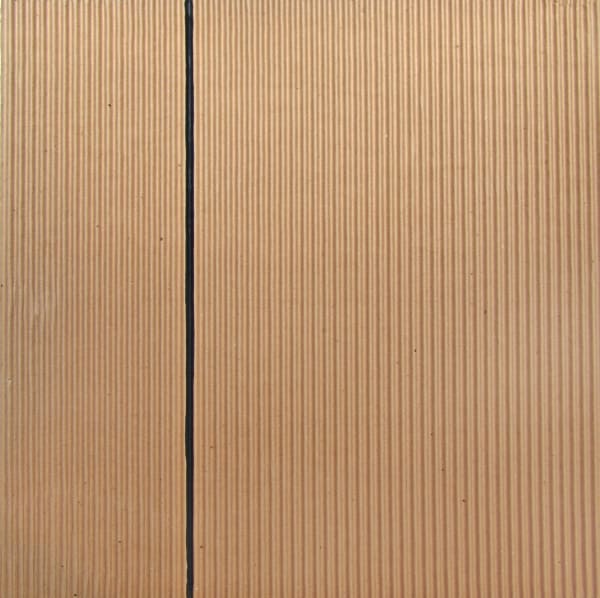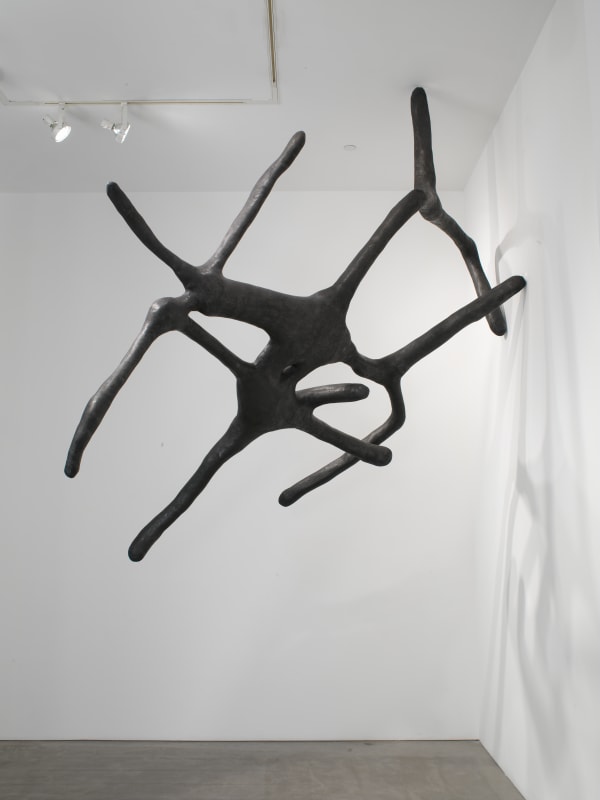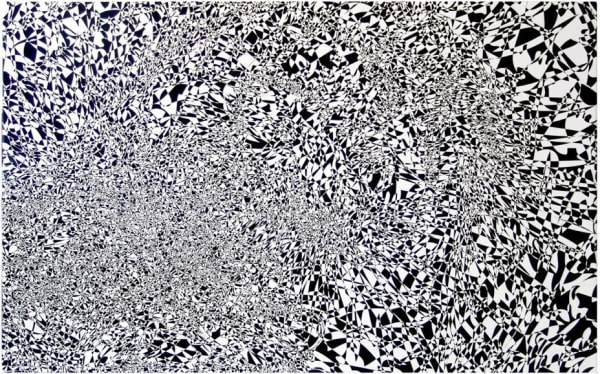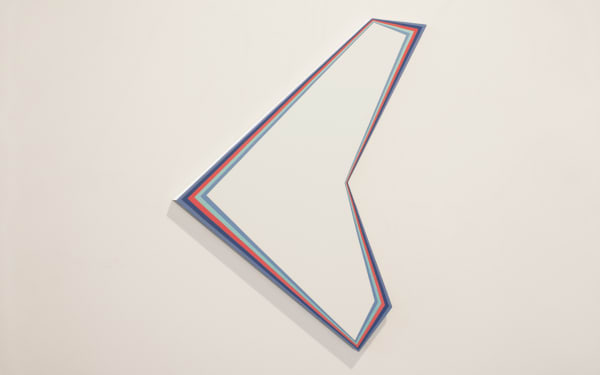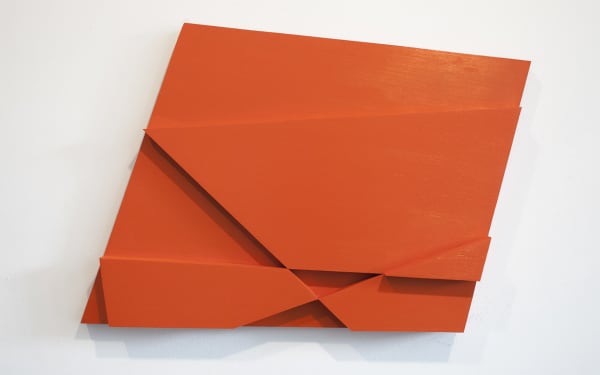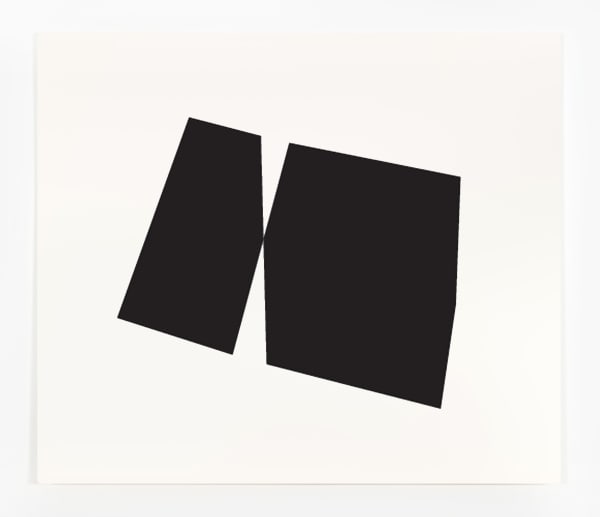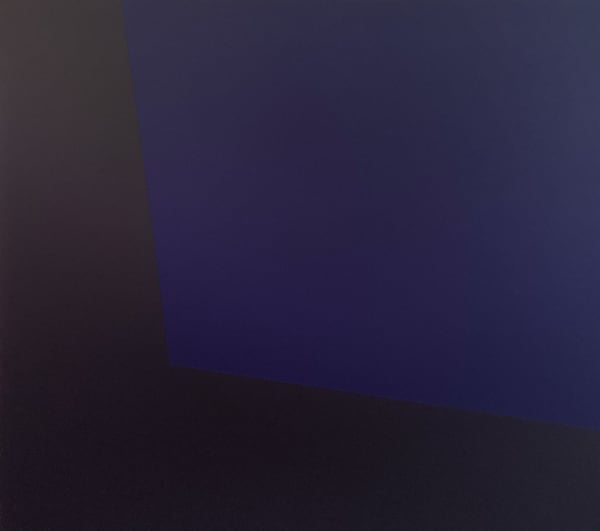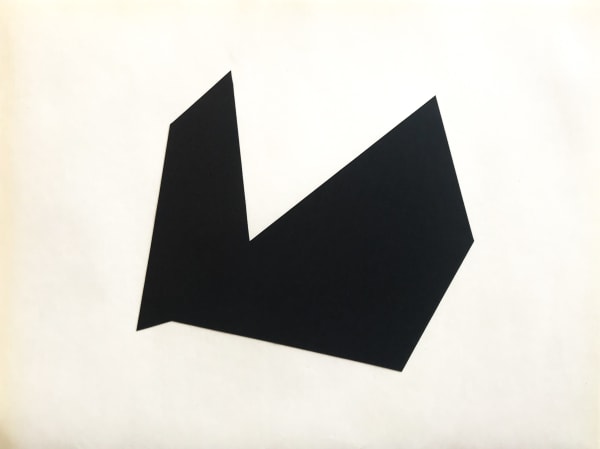Over the course of two decades, Joseph La Piana has established a multi-disciplinary practice as a visual artist, drawing upon a diversity of materials and techniques to investigate the forces, seen and unseen, that act upon our embodied experience of the world. Incorporating methodologies and theories drawn from science — biology and physics, in particular —mathematics, and phenomenology, La Piana’s body of work is at once process-oriented, while ultimately deconstructive in aim.
La Piana’s practice can be understood through the principles of recursion and kinetics. As with his “Refraction” (2013-Present) and “Photonastic (2009-Present) series — which incorporates works on paper, paintings, and multi-media sculptures — La Piana aims to establish a continuum of pieces, each related to the other as a singular, total body of work, employing recursive strategies that reference prior pieces in the creation of new ones. Similarly, La Piana’s “Text” series (2010-Present) incorporates works which take as their starting point personal text messages, selected fragments of poetry from Walt Whitman and Alan Ginsberg, as all was other social media communiques. Isolating fragments of his correspondences, La Piana then transforms the linguistic exchanges into artifacts of dialogue. Disconnected from their meaning, the pieces turn inward on themselves, becoming ruminations upon both the form of language and their phonetic characteristics. With each referential gesture, La Piana’s recursive-themed works are at once wholly generative and, in the terms of mathematician Benoit Mandelbrot — father of fractal geometry — “a way of seeing infinity.”
Meanwhile La Piana’s kinetic works harness both gravitational and tensile forces to manifest the antagonistic pressures that effectively “push and pull” upon the individual within society. As with his “Tension” (2012-Present) — which includes his 2019 site-specific “Tension Sculpture” series situated along Midtown Manhattan’s Park Avenue — and “Latex” series (2013-Present), La Piana’s use of physical materials —notably, industrial latex and rubber that is pulled taught, wrapped, warped and stretched — make manifest the pressures that the human condition entails. At once stationary, La Piana’s kinetic works are equally dynamic, inhering within them the potential — or the residue of — the gravitational forces at play upon them.
As La Piana notes, intrinsic to any understanding of recursion and kinetics is a recognition of the internal and external agonisms, real and metaphorical, that is placed upon our collective identities. Ultimately, for La Piana, harnessing the physical and elemental forces that define and regulate the embodied world becomes a methodology through which to interrogate their very effects upon us.
